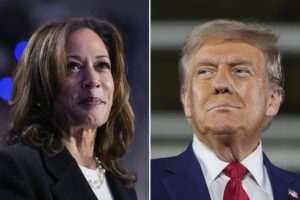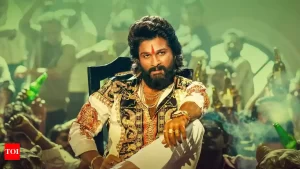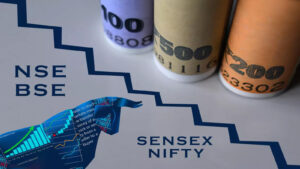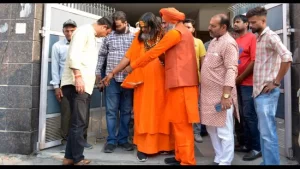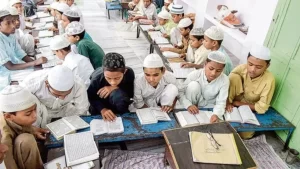Delhi Dance Of Democracy

By Ramakant Chaudhary
New Delhi, Jan 19 : The intensity of ballot-battle is shifted into top gear as Aam Aadami Party (AAP), Bharatiya Janta Party (BJP) and Congress have declared their list of candidates for ruling the roost in the 70-member House. Every nook and corner is reverberating with: “Achchhe Bite 5 Sal Lage Raho Kejriwal, Bahut Hua Delhi Ka Nukasan Aaiye BJP Ka Sath Karate Hain Samadhan, Delhi Mange Phir Se Congresswali Sarkar”. Each party is having its own strength, weakness and opportunity, and posing threat for others. Who will be the king of “Dilli Darbar”? The king makers will have field-day on February 8 and crown the king on D-day (February 11). Delhi voters are keenly watching the dance of democracy, judging who is potential actor, villain and joker of electoral stage of Delhi politics.
AAP Ka Report Card
Buoyant with pre-poll survey reports and riding on good governance plank, Arvind Kejriwal-led AAP is all padded to play second innings of forming government in Delhi. Riding wave of anti-corruption agitation in 2012, Arvind Kejriwal has carved his image of charismatic vote-catcher. The Kejriwal government has launched a massive outreach exercise to woo voters by showcasing its achievements in school reforms, electricity, water, health services. Kejriwal’s town hall meetings and AAP MLAs huddling with voters (popularised as Mohalla Sabha) have fairly drummed up “AAP Ka Report Card”, living good impressions among the poor and Jhuggi-Jhopari demography of Delhi. The enlisting of three Delhi government schools in top 10 institutions in countrywide ranking has caught the attention of people. AAP’s Farishte Dilli Ke scheme, where a reward of Rs 2000 is given to Good Samaritans who bring accident victims to hospital, is widely appreciated.
Despite win-win situation, AAP has some hiccups as well. Poor results in Lok Sabha election, ticket turncoats, rebels and controversies around some MLAs are weak points. Also, concentration of power around coterie of leaders is considered as AAP’s Achilles heel.
BJP Ka Modi Magic
BJP is seeking votes in the name of PM Narendra Modi and performance of Central government under his leadership. Unlike recently concluded polls in Haryana, Maharashtra and Jharkhand, BJP has not projected its chief ministerial face. BJP largely banks on its strong cadre votes, Purvanchalis and steadfast hold on upper caste Baniyas. BJP is capitalising on CAA, NRC and NPR. Delhi BJP president Manoj Tiwari says that CAA protests will hurt AAP and Congress as they are stoking violence. BJP claims that its 3-engine government (Centre, State and Civic Bodies) will work on infrastructure, Yamuna riverfront, pollution cut, and introduction of 5000 CNG and electric buses. Notably, stakes are high for BJP as it has failed to make comeback in Delhi since 1998.
Congresswaali Sarkar
In three dimensional Delhi Ka Dangal, Congress is facing a battle for survival. AAP’s phenomenal rise reduced Congress to smithereens in the 2013 assembly polls, managing only eight seats. In 2015, Congress came to naught. However, the Congress’ strength is the positive political outcome in assembly polls in Maharashtra, Jharkhand as well as coming second in Lok Sabha election with vote share rising from 15 percent in 2014 to 22.5 percent in 2019. It is perceived that AAP’s decline is the Congress gaini that could boost poll fortunes of grand old party which ruled the state for three consecutive terms— from 1998 to 2013. Jamia stir, JNU violence and Shaheen Bagh agitation could add some spin to the Congress poll momentum. Congress could swing Muslims and Scheduled Cates to its favour. However any movement of voters from AAP to Congress will favour BJP.
Being first electoral contest of 2020, Delhi Assembly Election is highly interesting as it will set the stage for elections in six states in the next 18 months, Bihar in the second half of this year and Tamil Nadu, Kerala, Puducherry, West Bengal, and Assam in 2021.
(The author is senior journalist and political commentator.)


